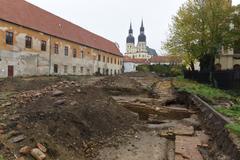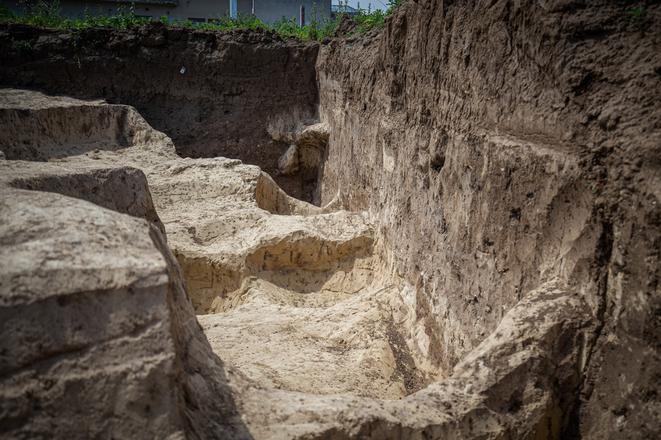The remains of a prehistoric settlement were found in the village of Radošovce in western Slovakia during an archaeological research.
The north locality of the cadastre of the village has proper conditions for settlement, good accessibility to water and a view of the surrounding country, informed Peter Grznár from the Regional Monuments Board (KPÚ) of Trnava.

Archaeologists succeeded in finding 11 archaeological objects, in which many materials were found.
These were mainly settlement, mining and storage holes used by prehistoric people to store corn. In addition, a hole for the extraction of clay was found.
“Our ancestors could use clay for the production of vessels, small objects and constructing house walls,” said Grznár, as quoted by the TASR newswire.
Bronze pin
Mainly ceramics were found during the research, as well as a clay weight used in a weaving loom. The most precious finding was a Bronze pin.
Archaeologists estimate that the objects originate from the late Bronze Age, more specifically the Velatic culture from 1250 to 1000 B.C.

These inhabitants, for whom it was typical to build barrows, settled several known localities in Slovakia, such as Ducové, Pohanská and Devín.
It was also a culture that had an impact on world history.
“Some opinions say that representatives of the Velatic culture participated in the migration of Bronze Age humans,” Grznár said. “The attacks of the so-called sea nations in the eastern Mediterranean resulted from the destruction of Crete, Mycenaean civilisation and battles with Egypt,” Grznár summed up.



 Illustrative stock photo (source: Sme)
Illustrative stock photo (source: Sme)